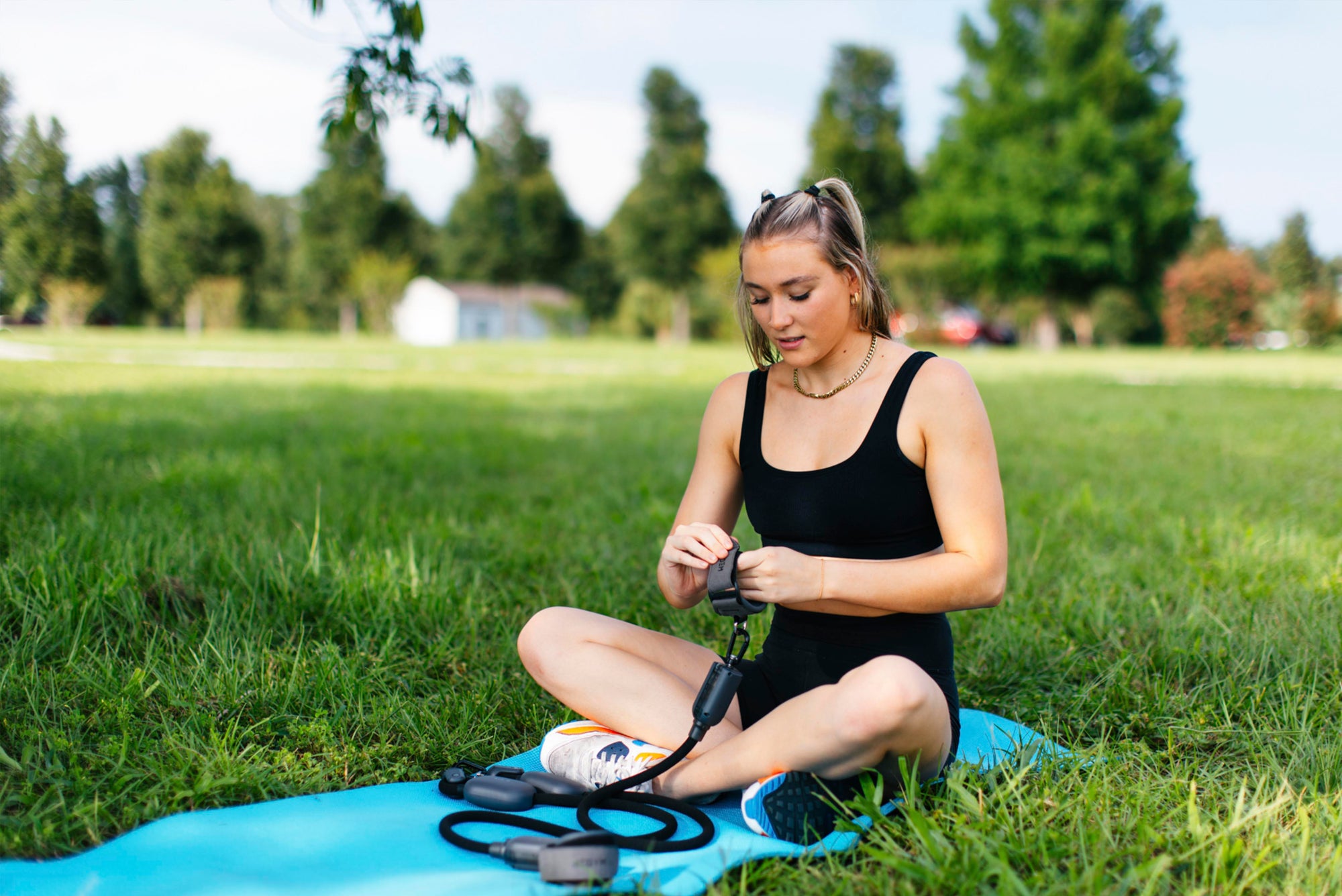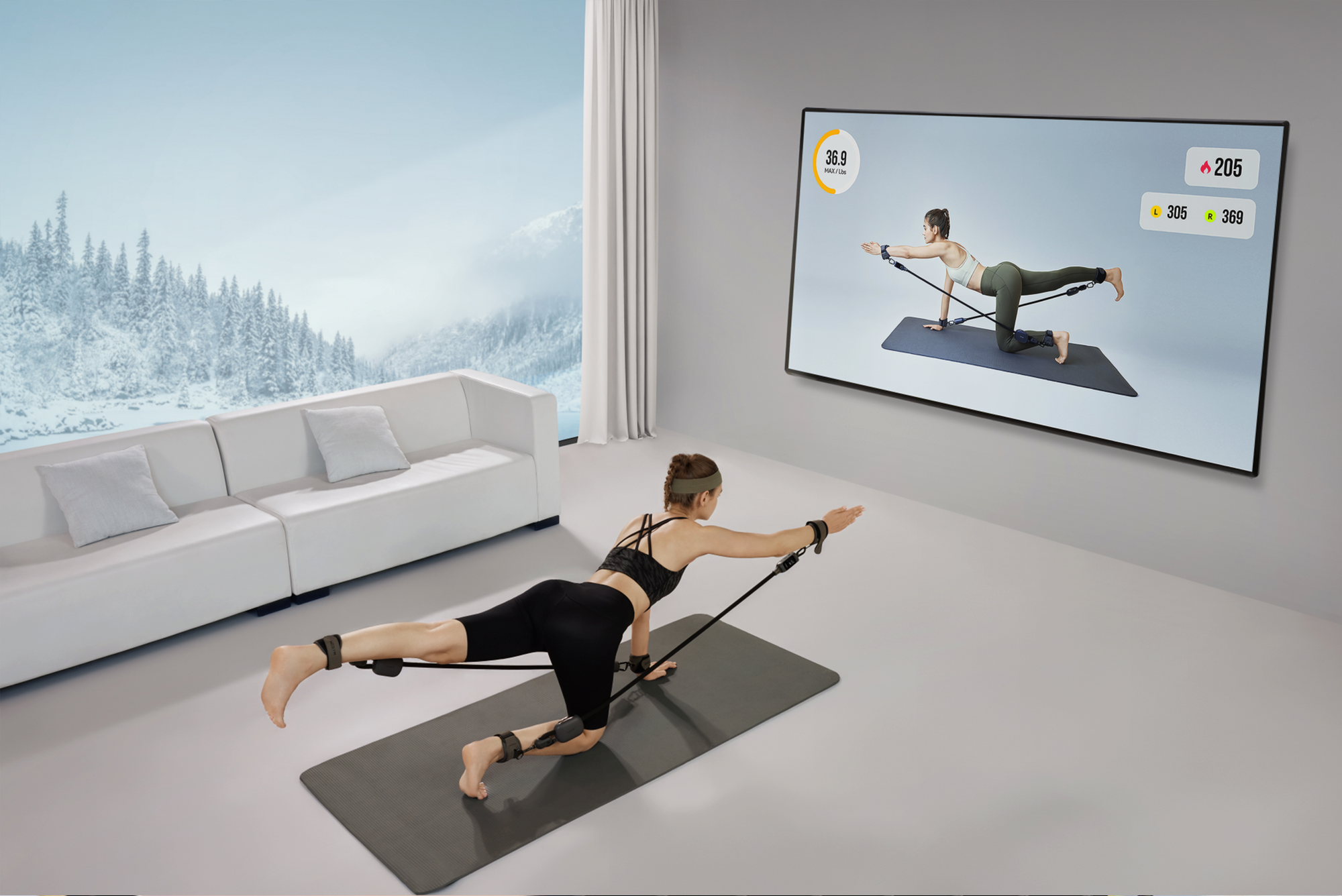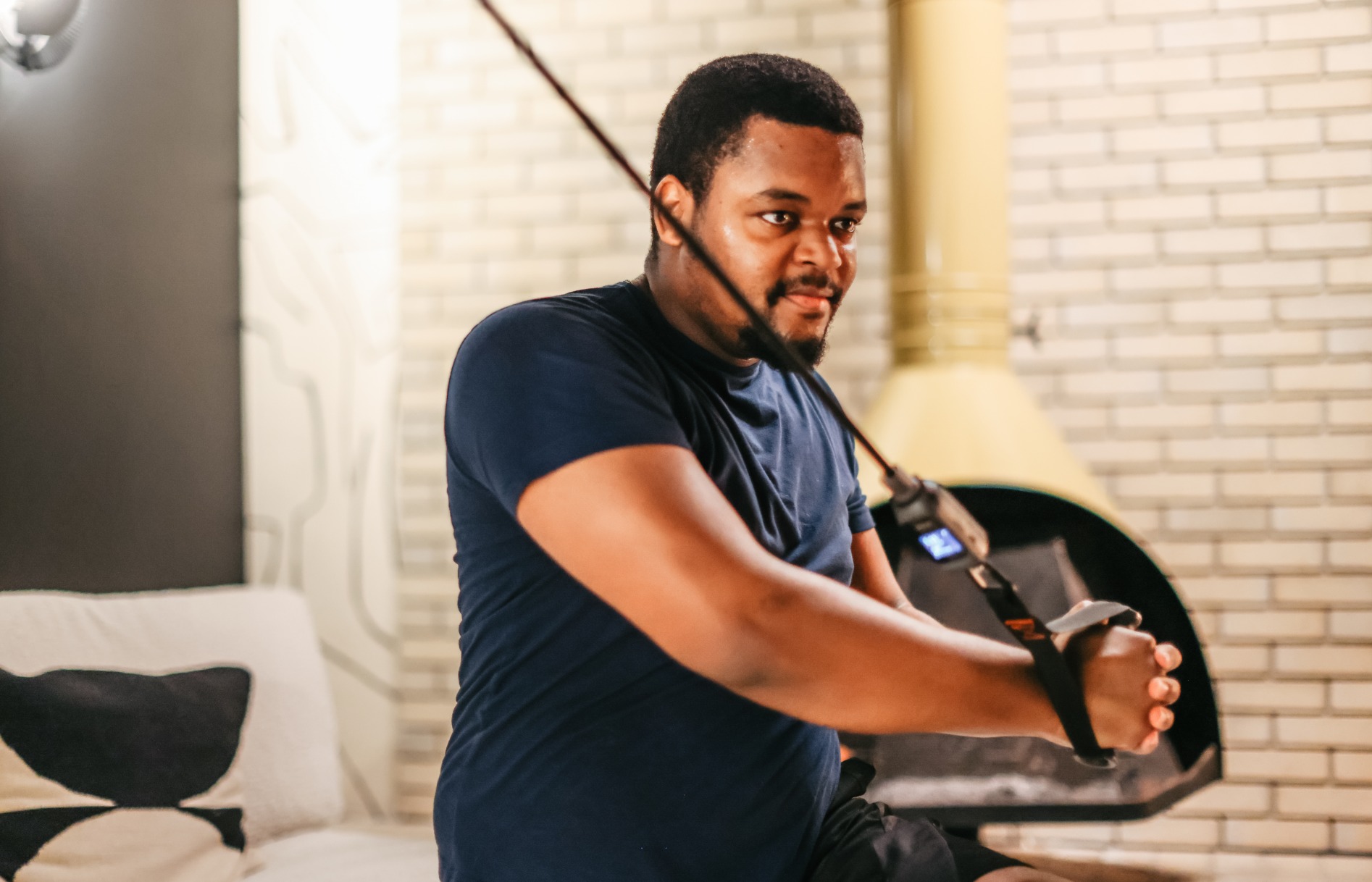Navigation
- Introduction to Resistance Bands
- How to Exercise with Resistance Bands
- Benefits of Resistance Band Workout for Cardiovascular Health
- Full-Body Resistance Band Workout Routine
- Customizing Workouts for Different Fitness Levels
In today's fast-paced world, juggling busy schedules often leaves little room for regular gym visits. However, maintaining an active lifestyle is crucial for overall health and fitness.
Introduction to Resistance Bands
Resistance bands, crafted from latex or rubber, offer varying resistance levels. They are available in different strengths, colors, and sizes and cater to individuals with diverse fitness objectives and proficiency levels. Their adaptability enables various exercises targeting different muscle groups, making them an ideal option for at-home workouts.
Advantages of At-Home Resistance Band Workouts
The cost-effectiveness and portability of resistance bands make them a standout choice for home workouts. Unlike cumbersome gym equipment, resistance bands can be effortlessly stored and carried, making them accessible for those with limited space or on-the-go lifestyles. Moreover, the low-impact nature of resistance band exercises reduces strain on joints, minimizing the risk of injuries.

Getting Started with Resistance Bands
Learning the correct techniques for using resistance bands is essential for beginners to reap their full benefits. This article offers a comprehensive guide covering selecting the appropriate resistance band, maintaining proper form during exercises, and effectively incorporating them into daily routines.
How to Exercise with Resistance Bands
To use resistance bands, simply anchor them to a stable object, such as a door, or wrap them around your feet or body. Resistance band workouts can be done standing, sitting, or lying down, and can be easily modified to fit your fitness level and goals. Here are some resistance band exercises targeting specific muscle groups:
Resistance Band Posterior Neck Muscle Group Training
For those who suffer from anterior neck exploration and cervical spine discomfort, try this movement. When doing this, you can first feel the cervical spine moving from front to back, grip the resistance band to a length as wide as your shoulders and place it backward above your head, tug the resistance band with your hand appropriately, and do the backward neck extension movement.
Resistance Band Back Exercise
This movement opens the shoulders and increases the strength of the trapezius and rhomboids in the back. The resistance band can be fixed at a position about the same height as the scapulae in the back (either single or double). After adjusting the resistance band, do a scapular retraction to feel the scapulae drive the arms, like spreading wings. This can be repeated ten times for two or three sets.
Resistance Band Lower Body Stability Exercises
This movement increases unilateral lower limb control and stimulates the medial head of the quadriceps. It can be done with the band secured to your right side, a balance mat in front of you, and a lunge stance with the left leg in front, keeping the torso relatively upright and the body weight on the mid-vertical line of the front thigh. Move forward or upward in the plane opposite the midline of the torso. Ensure that the ankle, knee, and hip remain in a neutral position throughout. This can be repeated six times for three sets.
Resistance Band Back Stirrups
This movement increases gluteus maximus control and is useful for gluteus maximus activation during running.
Fix the resistance band to the height of the lower abdomen, step on the resistance band with the front foot, and do a hip power backward planking movement to feel the glutes engage, ensuring the hips, knees, and ankles are in one plane throughout the process. It can be repeated ten times for three sets.

Resistance Band Crab Walk
This movement increases hip abductor control, reduces inward knee buckling, and increases lateral movement control. To do this, place a resistance band around your hips and put it in figure eight in front of you at the ankles, moving laterally, making sure to adjust the angle of hip flexion and the plumb line of body weight between the ankles as you do so. As you move sideways, the hips drive the outside of the knees, ankles, and hips into the force. You can try 20 steps for two round trips.
Resistance Band Medial Quadriceps Head
This is a terminal angle knee control exercise that also activates the medial head of the quadriceps. It can be done with the resistance band fixed at popliteal height for end-angle knee control and contraction of the medial quadriceps head. It can be repeated ten times for three sets.
Benefits of Resistance Band Workout for Cardiovascular Health
Resistance band training offers many benefits for your cardiovascular system and overall heart health. The exercises can:
- Elevate your heart rate - Even low-impact resistance band exercises get your heart pumping by engaging your muscles and prompting your heart to work harder, which can improve cardiac fitness and stamina over time.
- Improve blood flow - The pulsing motion required for resistance band exercises increases blood flow throughout your body. The improved circulation can benefit all of your organs and tissues.
- Strengthen your heart muscle - Resistance band workouts stimulate your heart muscle, making it more efficient at pumping blood and supplying oxygen to your body, helping to reduce the risk of heart disease and other cardiovascular problems.
Full-Body Resistance Band Workout Routine
The article presents an all-encompassing workout routine that utilizes resistance bands to target various muscle groups. Upper body exercises, like bicep curls, shoulder presses, and tricep extensions, are shown. For the lower body, the routine includes squats, lunges, and leg curls. Cardio exercises such as resistance band jumping jacks and mountain climbers are mixed to make the heart beat faster and improve cardiovascular fitness.
Customizing Workouts for Different Fitness Levels
Knowing that people's fitness levels are not the same, resistance bands give us the flexibility to customize workouts. This article gives changes and progressions for each exercise so that people, from beginners to advanced athletes, can do them. This makes sure there's steady progress and keeps getting stronger and having more endurance.
To conclude, resistance bands are a useful and easy way to keep the body healthy and fit with at-home workouts. They're cheap, easy to carry, and can be used in many different ways. So they're great for home workouts. By following the instructions and watching how to do the exercises in this article, people can start on a journey to get fitter and healthier in their own homes.



